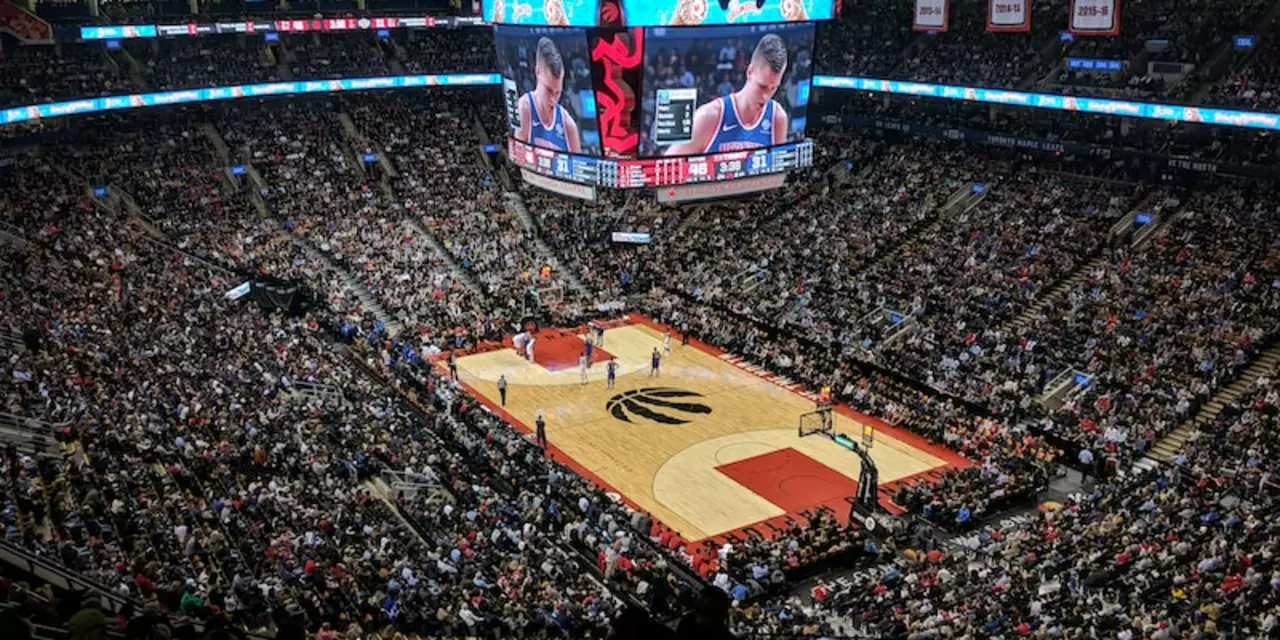Coaching Tips to Raise Your Korfball Game
If you’re looking to get better at korfball, the right coaching can make all the difference. Good coaching isn’t about fancy theory; it’s about clear drills, simple feedback, and keeping the team fired up. Below you’ll find straight‑forward ideas you can try today, whether you run a youth squad or a senior side. No jargon, just actionable steps that help players improve faster.
Fundamental Skills Every Coach Should Emphasize
Start every session with the basics: passing, catching, and shooting. Set up a quick three‑cone drill where players sprint, receive a pass, and shoot within a few seconds. Repeat it until the moves feel automatic. Next, work on footwork around the pole – the key to good positioning. Have players practice stepping into a defensive stance, then pivot to attack on the same foot. This builds muscle memory and reduces hesitation during real games.
Game‑Day Strategies That Actually Work
When the whistle blows, simple plans win more often than complex ones. Teach your team a 2‑2‑1 rotation: two defenders, two attackers, and one support player who can switch roles. Emphasize communication – a quick “switch!” or “cover!” can stop an opponent’s fast break instantly. Also, practice short, high‑tempo passes that force the other side to scramble. A few minutes of pressuring drills each week will make those quick passes feel natural when the score is tight.
Motivation is a coach’s secret weapon. Celebrate small wins right after they happen – a good pass, a clean block, a smart decision. Keep feedback positive and specific: instead of saying “good job,” point out exactly what worked, like “nice timing on that cut.” When players see their effort linked to praise, they push harder and stay engaged throughout the season.
Finally, review each match with the team. Pick two moments that went well and two that need tweaking. Keep the discussion short, focused, and solution‑oriented. Ask players for their perspective – they often spot issues you miss. By turning every game into a learning experience, you create a culture of continuous improvement that fuels long‑term success.
